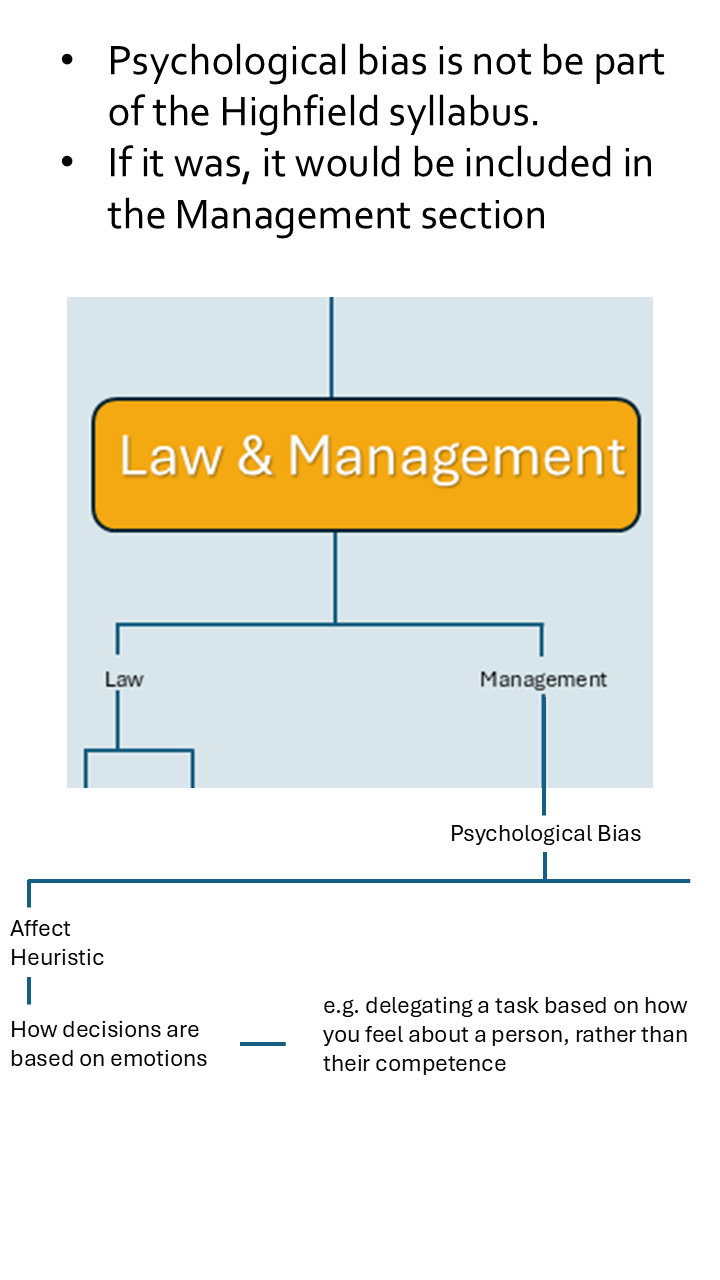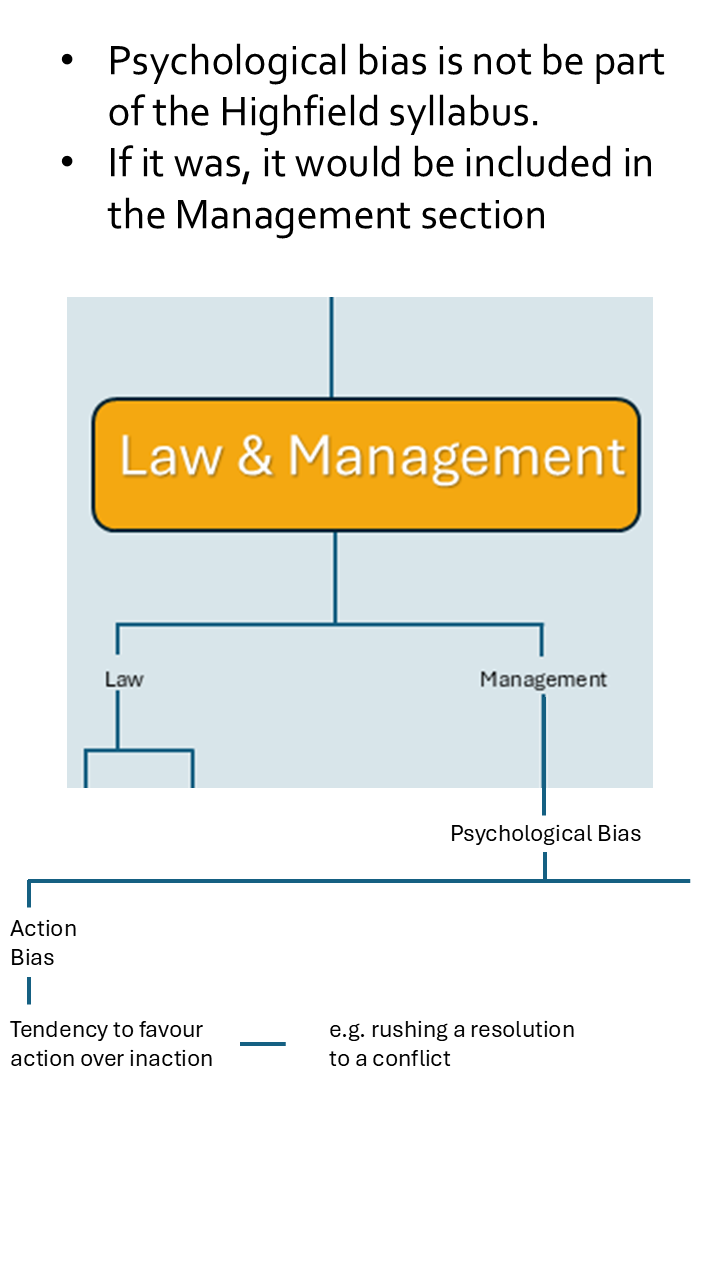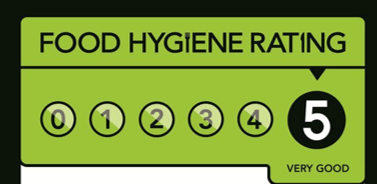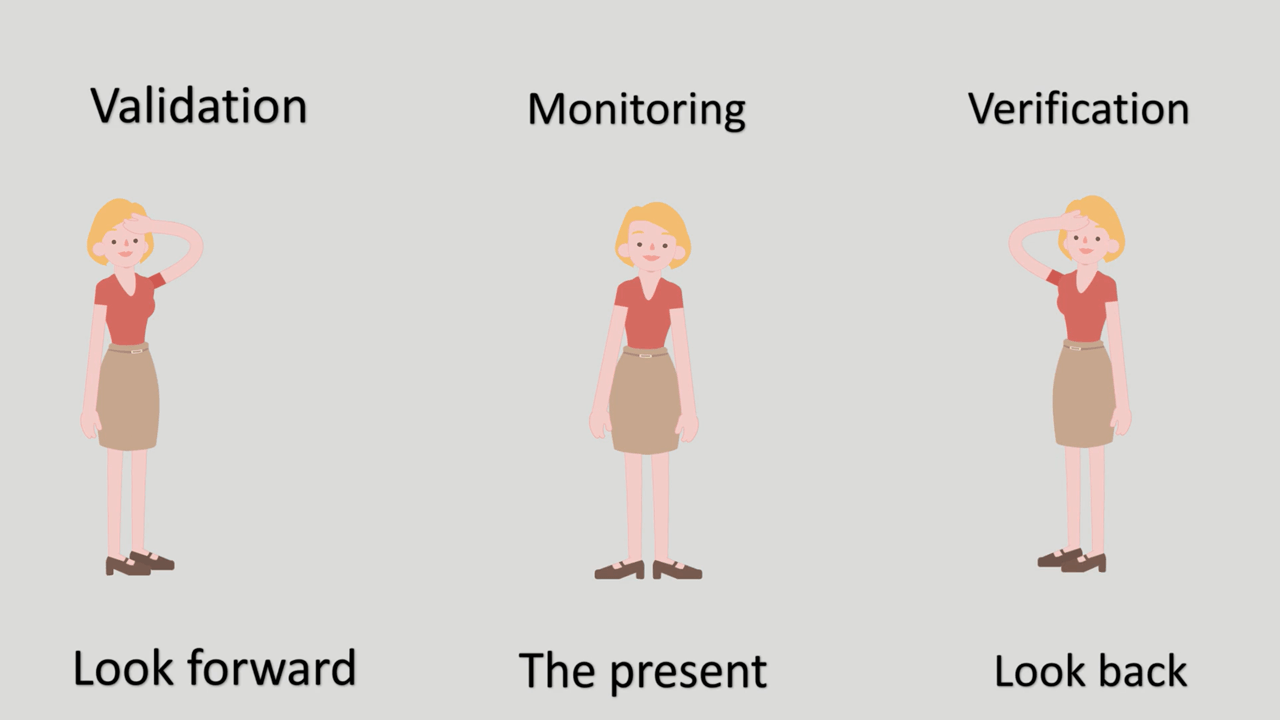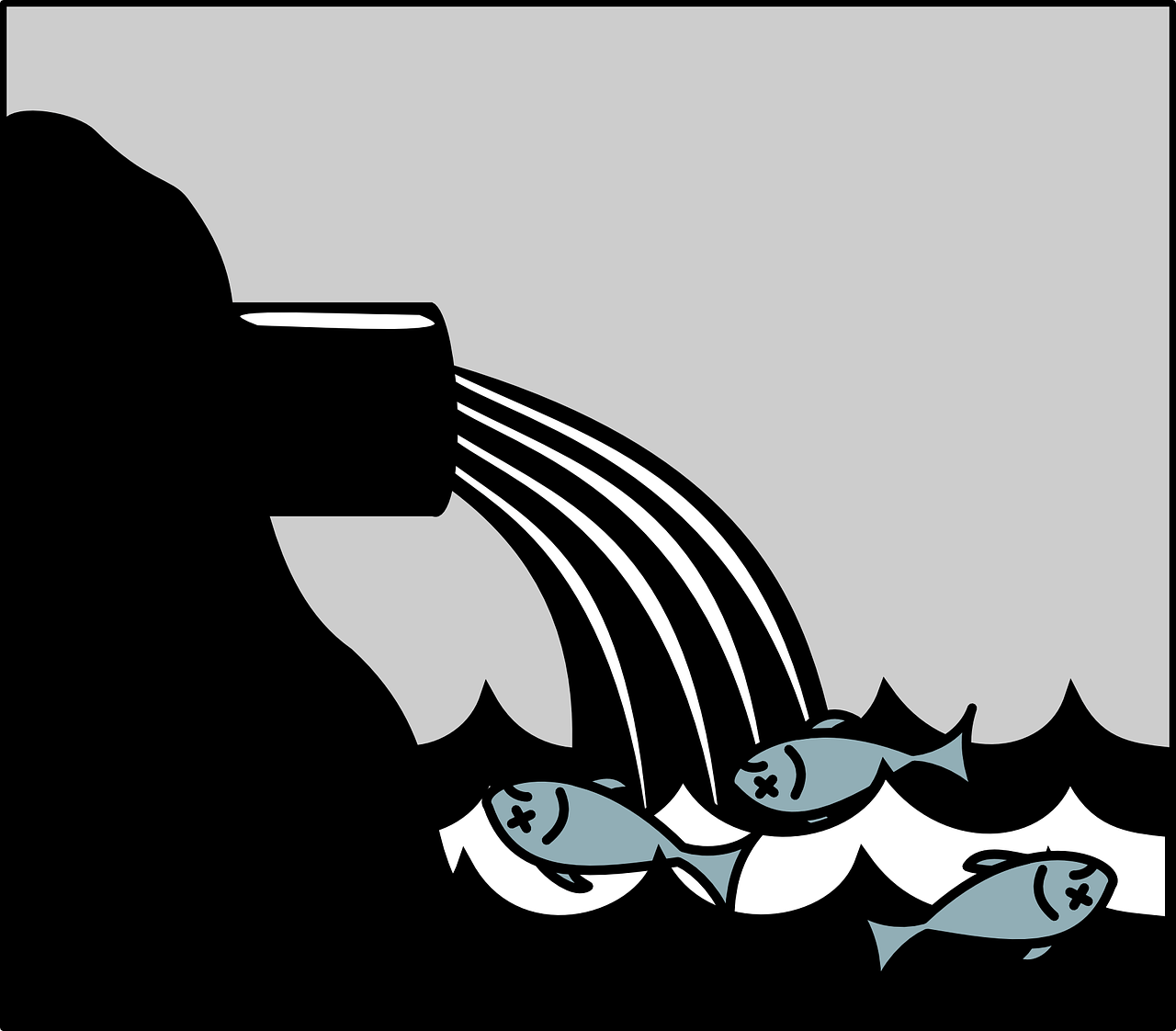Infant botulism
Clostridium Botulinum
The main picture shows how botulism fits within the structure I use for Level Four Food Safety courses.
Two cases of botulism were reported in Food Safety News this week (WE 24th August)
The first was in Italy in July this year. Traces of the botulinum toxin were found in avocado pulp consumed at a travelling festival.
Some patients were hospitalised.
The second case was a report linking infant botulism to peanut butter in 2024. The child’s father has a peanut allergy, and peanuts were introduced into the child’s diet from 6 months old to help the child’s immune system develop a tolerance to the allergy.
The illness followed a slow progression, starting with lethargy (day one), intubation and ventilation on day six. An antitoxin was administered on day 10, and the patient was discharged on day 44. Severe constipation continued up to day 234.
The guacamole incident was caused by the preformed toxin already on the food.
Infant botulism occurs when botulinum spores are ingested by an infant, germinating and producing a toxin in the gut. The peanuts may have become contaminated with the spores at source, or during processing.
The spores are highly resistant and can survive in the environment for long periods. The spores are harmless to older children and adults, because natural defences like acidity and gut flora have developed to prevent the spores from germinating.
Infant botulism is rare; the FSA reported only 6 cases between 1992 and 2019. It is the reason honey should not be given to children under one years of age, as spores can also survive pasteurisation.
for more information on my Level Four Food Safety courses, please see the 'Level Four Courses' page on this site.


